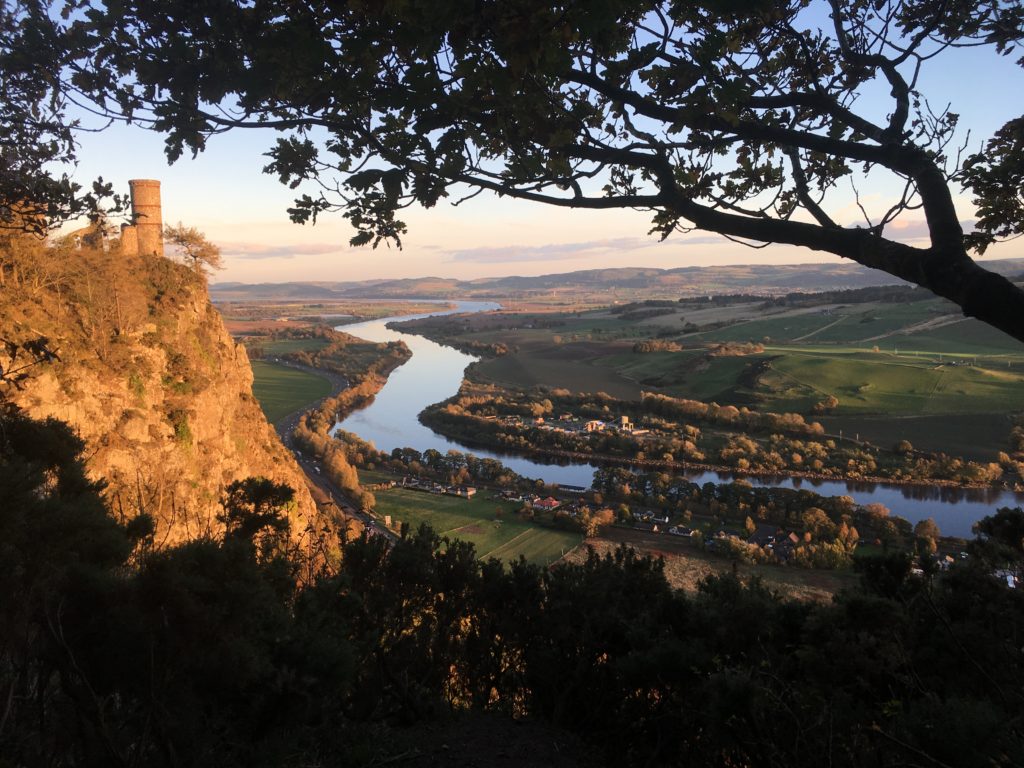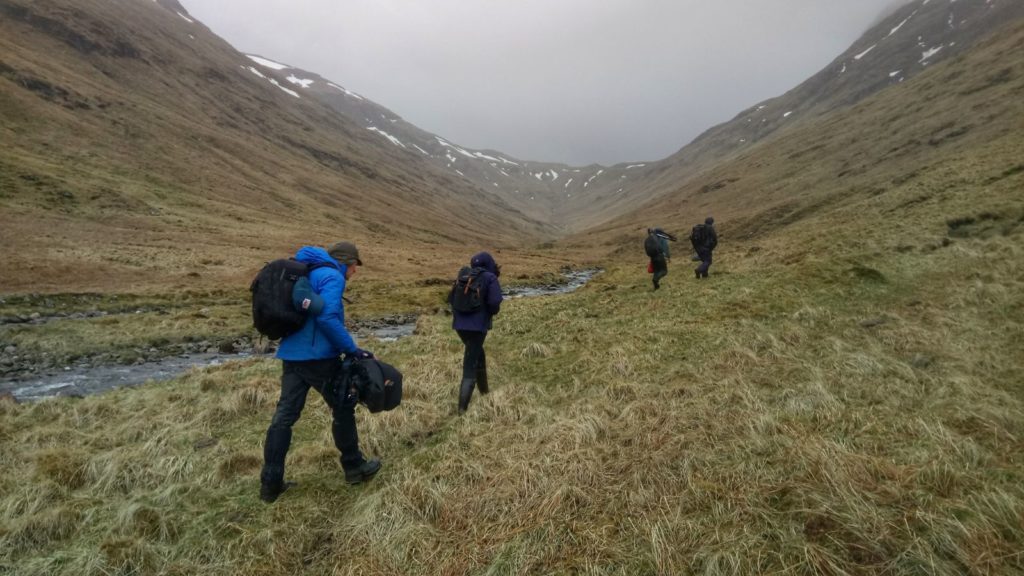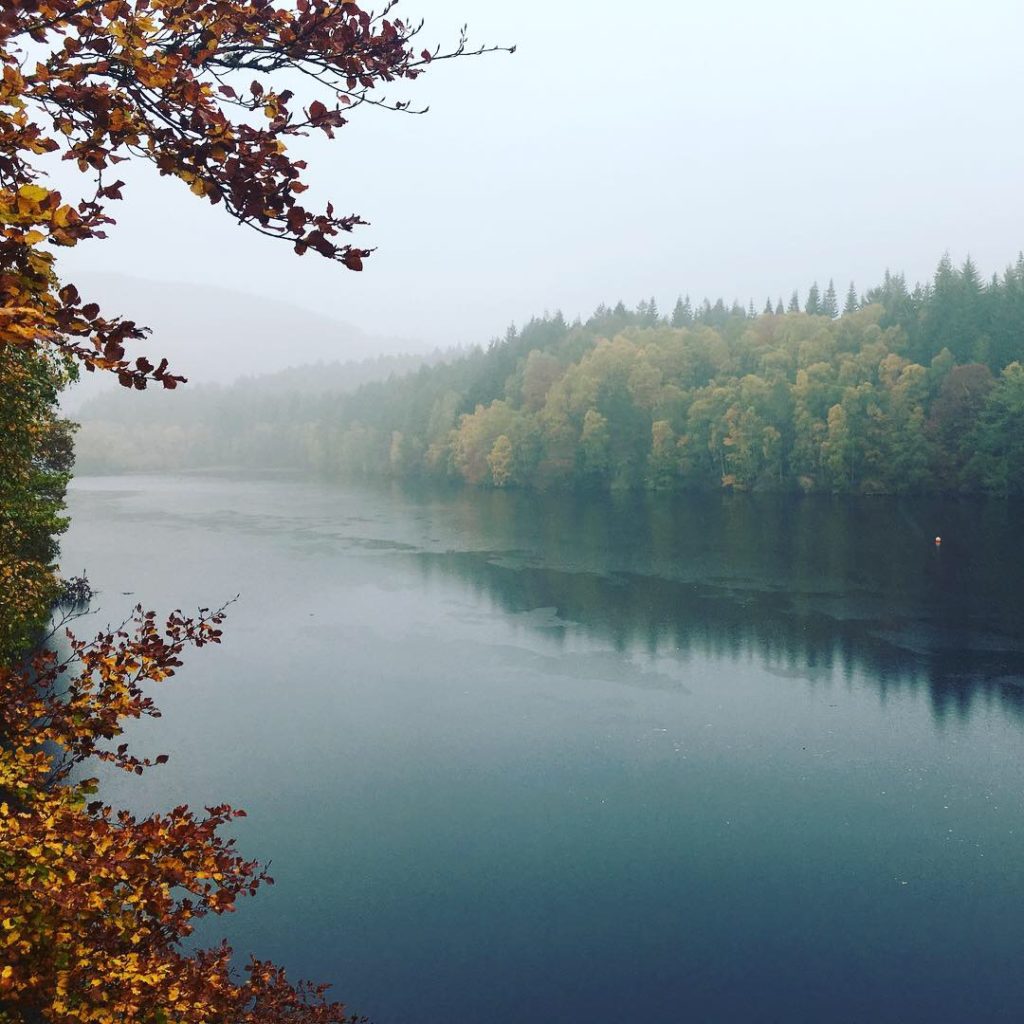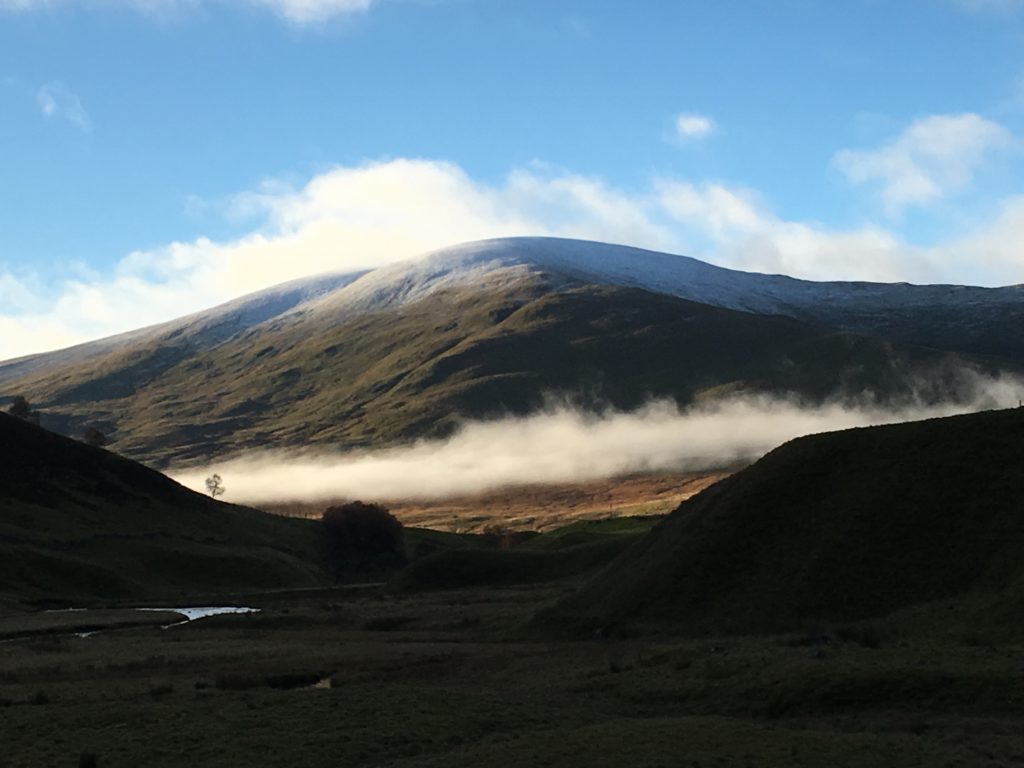Presented by Helen Macdonald, recent BBC4 broadcast The River: A Year in the Life of the Tay explores the natural, scientific and industrial histories of Scotland’s longest river. Director Nathan Budd gives some insight into its making.

An email arrived out of the blue, searching for someone to make a documentary following Britain’s greatest river. The ambition was big – capture the life of one of the UK’s largest ecosystems, over a year, and condense it into 90 minutes. The BBC4 budget was tiny: maybe a fifth of what it would cost to make an Attenborough-type wildlife documentary. I would need to find other work to fill gaps between each burst of filming. But to me, it sounded like a year dipping in and out of heaven. I snapped up the job, and headed up to Scotland in April 2018 to capture a rainy end to our coldest, snowiest winter for decades.
The Tay isn’t the UK’s greatest river in length, and it’s certainly not our most well-known river (many friends still think I spent a year following the Tweed or the Tyne). But the Tay gets superlative status because it carries more water at its peak volume than any of the others. We decided early on that the film should follow the water. Start at the source as the snow recedes, and trace the path of a drop of meltwater, finally merging with the sea in winter.

The documentary is presented by the writer Helen Macdonald. Unlike me, Helen has been a naturalist since childhood, and can spot rare lichens and mosses and identify birdsong from the seat of a speeding car. I studied zoology before TV, but I didn’t retrieve a single fact about any species that Helen couldn’t trump with a better anecdote. When I saw wet brown hillsides, Helen conjured up russets, fawns and tans. She always found the right words to evoke the subtly altering sights and smells of the river.
As well as the landscape, we also wanted to show the changes beneath the surface as the river grows. We all spent a lot of time in waders, Helen trying not to fall over while I dipped the camera into the freezing water.
The wildlife was the trickiest bit to capture. Attenborough’s camera operators have months to film birds and mammals at the poles or on remote islands – places where animals haven’t yet learned to fear humans. Most British wildlife darts away before you’ve seen it. So rather than waste our few filming days on the hunt for elusive otters, osprey, seals or dolphins, we chose dippers, beavers, mussels and marine worms. Animals that stay loyal to small territories, or don’t move at all. We got lucky in finding skilled and extremely patient local camera operators. And with the help of amazing bird ringers and guides, they hopefully glimpsed just enough wildlife to give viewers a taste of what’s out there.

My hidden agenda was to overthrow the tyranny of the charismatic megafauna. Not forgetting my biological roots, I wanted to highlight the fact that invertebrates and algae make up the biggest chunk of any river’s diversity. Showcase the spineless heroes rather than the same old hairy mammals and silvery fish. We filmed a lot of insect larvae, and spent hours chasing weird-looking snails under microscopic lenses.
I’d initially dismissed the salmon as too obvious, old news. But the more I learned about their lives through meeting the ghillies and the scientists, the more unavoidable and intriguing the King of Fish became. Seeing them close-up, I was struck by their huge eyes, designed for hunting sprats in Arctic waters as much as for avoiding angler’s hooks in murky rivers. They’re amazing animals. It still seems unbelievable that an adult fish won’t eat for 6 months or more in the river, whilst simultaneously absorbing its own skeleton to create either a giant battering-ram for a lower jaw or thousands of jewel-like eggs.

Following the water’s journey set up a conflicting narrative against the arc of the Tay’s most notorious resident. The salmon’s famous voyage goes in the opposite direction, swimming against the current from the sea to spawn near the source. So we decided instead to focus on a less well-known but equally epic portion of their complex life cycle- from tiny alevin to the 6-inch long smolts that migrate out to sea. It also helped with the filming budget – finding adult salmon starting their journeys upstream in the vast estuary waters is nearly impossible.
Being a Caught by the River fan helped me find some of the music, and inspired lots of my background reading. It was a wonderful year spent in some of the prettiest landscapes I’ve ever seen, and I hope people like watching it as much as we enjoyed making it.
*
‘The River: A Year in the Life of the Tay’ is a Rare TV production for BBC4, which you can watch on BBC iPlayer here.